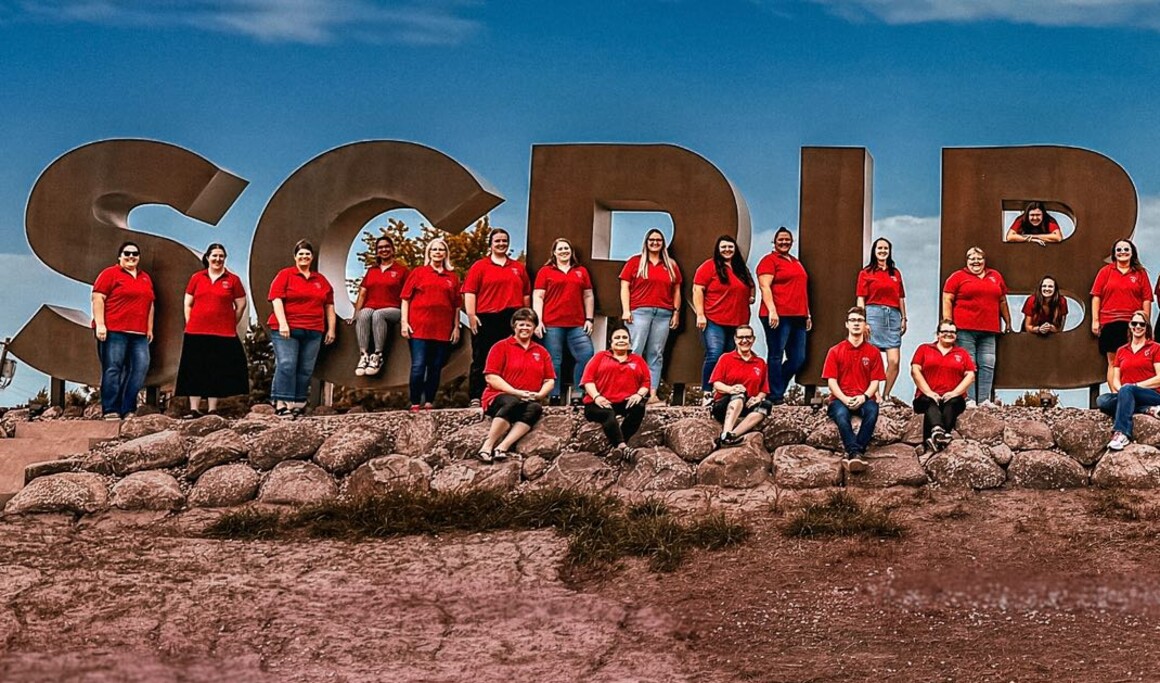History of Snyder
Snyder, Nebraska
Dodge County
The pair of two-story schneider buildings that flanked the south end of Main Street, center of activity in the early days.
For countless years Pebble Creek, flowing over "concretion pebbles," meandered through northwest Dodge County with only people from the Pawnee and Omaha Nations frequenting its valleys.
A new epoch began in 1868 when Frederick Molle built a dugout on his claim within the present boundaries of what would later become a town. Soon other German patriarchs claimed homesteads near the creek: Dobkowitz, Brunke, Kraatz, and Fischer.
Conrad Schneider arrived in 1880 to divert the South Pebble through a dam to power his two-burr grist mill. He then petitioned for a post office and led in the development of the settlement. When the Fremont, Elkhorn & Missouri Valley Railroad laid track west along the creek in 1886, the town was named in Schneider's honor, but with an anglicized spelling, "Snyder." It was platted as a village that August, and incorporated in June 1890.
St.Peter's Lutheran Church was organized in 1888. A favorite son of the congregation, Oswald Hoffman, was born in the church parsonage Dec.6, 1912. St.Leo's Catholic Church was founded in 1889. Its present structure, built in 1930, is a beautiful example of Romanesque-style architecture. The Immanual Lutheran congregation was organized in 1898. Parochial schools for both denominations have provided elementary education for a majority of our residents for generations.
Names of early businessmen operating at least 40 years include Bolte, Kounovsky, Conrad and Carl Schneider, Seebeck, Siems, and Wolsleger. In 1900 Schneider's water-powered electric plant made power available for everyone. Along with other municipal improvements, the coming of the "Roaring Twenties" saw Snyder attain its maximum population of 460.
In June 1944 the Pebble made a harsh statement about people crowding in too close when it flooded everything that encroached on its lowlands. Future construction moved "up the hill" to safer ground. State Highway 91 was built through Snyder in the 1952, in time to take the place of the declining railroad, which was abandoned in 1961.
Snyder has been known for its meat processing businesses since 1889, beginning with Conrad Nolte's butcher shop. In 1934 George and Elizabeth Wimmer started making "Wimmer Wieners" and other meat products in Snyder for many eastern Nebraska communities. John Prenzlow's shop, established in 1946, featured "old fashioned summer sausage," a product still produced by the family. In 1973 Melvin and Norma Wittmaack established Quality Steaks, employing up to 80 people. Later reorganized as Superb Meats, it now employs about 40.
Don Smeal, great grandson of homesteader John Smeal, bought a welding shop near the depot in 1955 and has since built a modern four-acre manufacturing plant. His innovations range from a lateral traveling irrigation system, bulk feed truck bodies, and oil well pulling rigs, to fire trucks. The Smeal water pump hoist is the top in its field. His company, employing 200, utilizes four buildings, and is a major builder of aerial ladder and pumper fire trucks.
Don Smeal's threshing reunions bring back nostalgic memories of steam engines, horses, and tales of the "ol' threshing bees" for thousands every year. His enormous 110 HP Case and 120 HP Reeves are among the few "really big" steam engines to be restored in the world.
Today's population is just under 400. Present-day businesses that span more than 40 years include Burger's Service, Prenzlow's Meat Processing, Snyder Coop, Schoenek's Garage, and Ray Smeal Transfer.
Back in the beginning, Schneider's pair of two-story brick, multi-business buildings flanked the south end of Main Street, announcing the town to travelers arriving at the depot near the Pebble. Main Street at the south edge of town was where the farmers did their business by day and attended functions at the opera house by night.
Today, semi-truckers traveling via Highway 91 pull out of the two modern sentinels just north of town, delivering Snyder-marked Superb meats and Smeal steel products all over the world.
In this, our centennial year, our story of Snyder concludes just a "pebble's throw" from yesterday to tomorrow.



